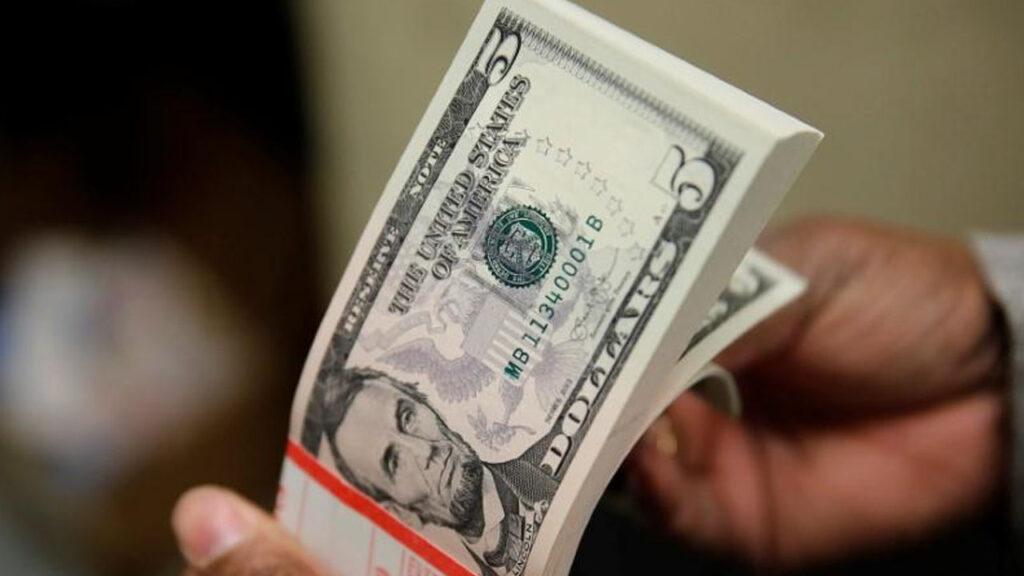
Experts have predicted that the enforcement of the Central Bank of Nigeria’s (CBN) loan-to-deposit ratio (LDR) will compel commercial banks to generate risky assets over the short to medium term.
With the development, analysts at Cordros Capital projected that credit to the private sector (CPS) will maintain a double-digit expansion this year.
Risky assets refer to assets that have a significant degree of default.
Credit to the private sector (CPS) which increased by 85.2 per cent year-on-year (YoY) to N76.94 trillion in January from N41.54 trillion recorded in the corresponding period in 2023 is believed to reflect the CBN’s enforcement of the 65 per cent loan-to-deposit ratio.
“On a month-on-month basis, the CPS increased by 23.0 per cent in January (December 2023: +4.8 per cent Month on Month to N62.54 trillion). At the same time, the currency in circulation increased by 163.3 per cent to N3.65 trillion (January 2023: N1.39 trillion), mainly attributed to a notable increase in the money in circulation relative to the corresponding period last year, which saw a temporary reduction due to the naira redesign policy.
“Looking ahead, we believe the enforcement of the CBN’s limit on LDR macro-prudential ratio for deposit money banks (DMBs) and the hike in CRR to 45 per cent (previous: 32 per cent) will continue to compel commercial banks to generate risky assets over the short to medium term. Overall, we project that the CPS will maintain a double-digit expansion in 2024 full year,” it stated.
On the trade report by the National Bureau of Statistics (NBS) which showed that the trade balance recorded a deficit in Q4, 23 (N1.41 trillion versus a surplus of N1.31 trillion in Q3, 23) after two consecutive quarters of surplus, Cordros Research predicted an improvement in crude oil production amid higher crude oil prices to support Nigeria’s total exports in the short to medium term.
“We highlight that the significant increase in imports was due to increased domestic demand despite the persistent FX challenges, elevated global commodity prices, and the significant importation of tanks and other armoured fighting vehicles (35.9 per cent of total imports) in the period.
“At the same time, the higher export was due to a 20.8 per cent q/q increase in crude oil exports (81.2 per cent of total exports) influenced by improved crude oil production volumes in Q4-23 (1.53 mb/d | Q3-23 average: 1.43 mb/d),” it noted.
The analysts also envisaged a reduction in total imports in the near term, influenced by weaker demand due to the lingering currency pressure.













